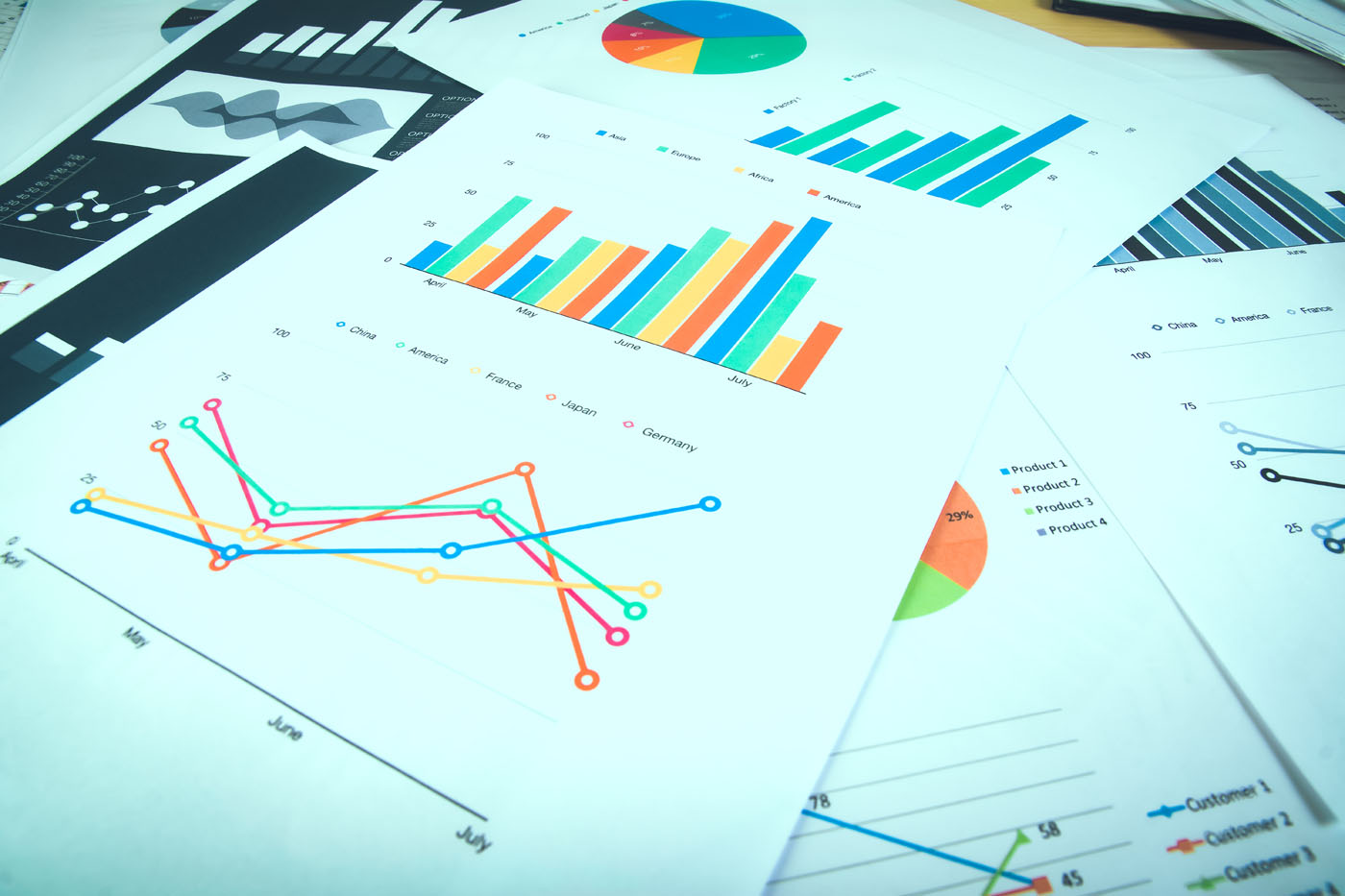KYC or KYB? What does your company need to securely do business online with other companies?
Due to the far-reaching digitalisation of our society, more and more companies do business online.
Due to the far-reaching digitalisation of our society, more and more companies do business online. This ranges from signing documents to purchasing products and services. But how can you be sure of the identity of the party you want to do business with in a virtual environment? A verification process is an effective way to build in security and protect against illegal and unlawful online activities. In a B2B context, four steps can be taken to obtain certainty about the identity of your business partner.
The first step in the identification process is to check the company identity. This process, known as Know Your Business (KYB) or Know your Business Customer (KYBC), involves three steps:
1. Identify and verify the company details: company number, company name, address and key management personnel.
2. Analyse the ownership structure and the distribution of shares. Identify the entities or natural persons that have an ownership interest, either through direct ownership or through another party.
3. Identify the Ultimate Beneficial Owners (UBO). Calculate the total ownership interest of each natural person and determine whether it exceeds the threshold for UBO reporting.
All these data can be found in databases such as those of Companyweb, Graydon, Trends and others.
The KYB process is only the first step in the identity check. If the company details are correct, it still needs to be checked whether the person’s identity details are also correct. In other words, it is not only a question of knowing your business (customer) (KYB/KYBC), but also of knowing your customer (KYC).
How do you do this? By asking for the unique identity data, such as the name, date of birth, address, national register number, etc.. These data are in turn verifiable in officially recognised databases.
This verification step is fairly well established online. We are now used to sharing such personal data online. But there are also tools, such as the eID and itsme app, with which you can consult or sign government documents, or sign a bank transfer via the banking app, without having to fill in the same data in a form every time. Via your eID or itsme app, officially verified identity data is shared that allows the merchant, bank or government to verify your identity.
Once the company data and the personal identity data have been checked, it should still be possible to link the two together. Does this person actually work for the specified company? Does this person have the authority to enter into a transaction on behalf of the company? This information should also be checked.
If the previous steps have been completed and all the information has been approved, you can be sure of the identity of your business relation. But this is only a snapshot. It is best not to stop at this one check-up. Companies move, merge, are taken over, or cease to exist. People change jobs or leave the company you are doing business with and are replaced by new contacts. In short, it is important to regularly check the company and personal data of your business customers, so that you always have certainty about the identity of your business relation.
It is one thing to have and keep your KYC, KYB and KYBC processes in order, much more important is to do this in a cost-efficient way. Moreover, in a way that minimises the burden on your customers, respects their privacy (GDPR) and only requires them to share the data necessary for the transaction (consent).
Sounds like quite a task? Fortunately, there is a digital solution that automates all these steps: TruliUs.
You can find all about it on: www.trulius.be
Blog

Due to the far-reaching digitalisation of our society, more and more companies do business online.
Blog

The Prevention of Money Laundering and Terrorist Financing Act requires a lot of companies to comprehensively verify the identity of ...
Blog

Trust, the digital economy engine providing us certainty on our business partners. How does it work?